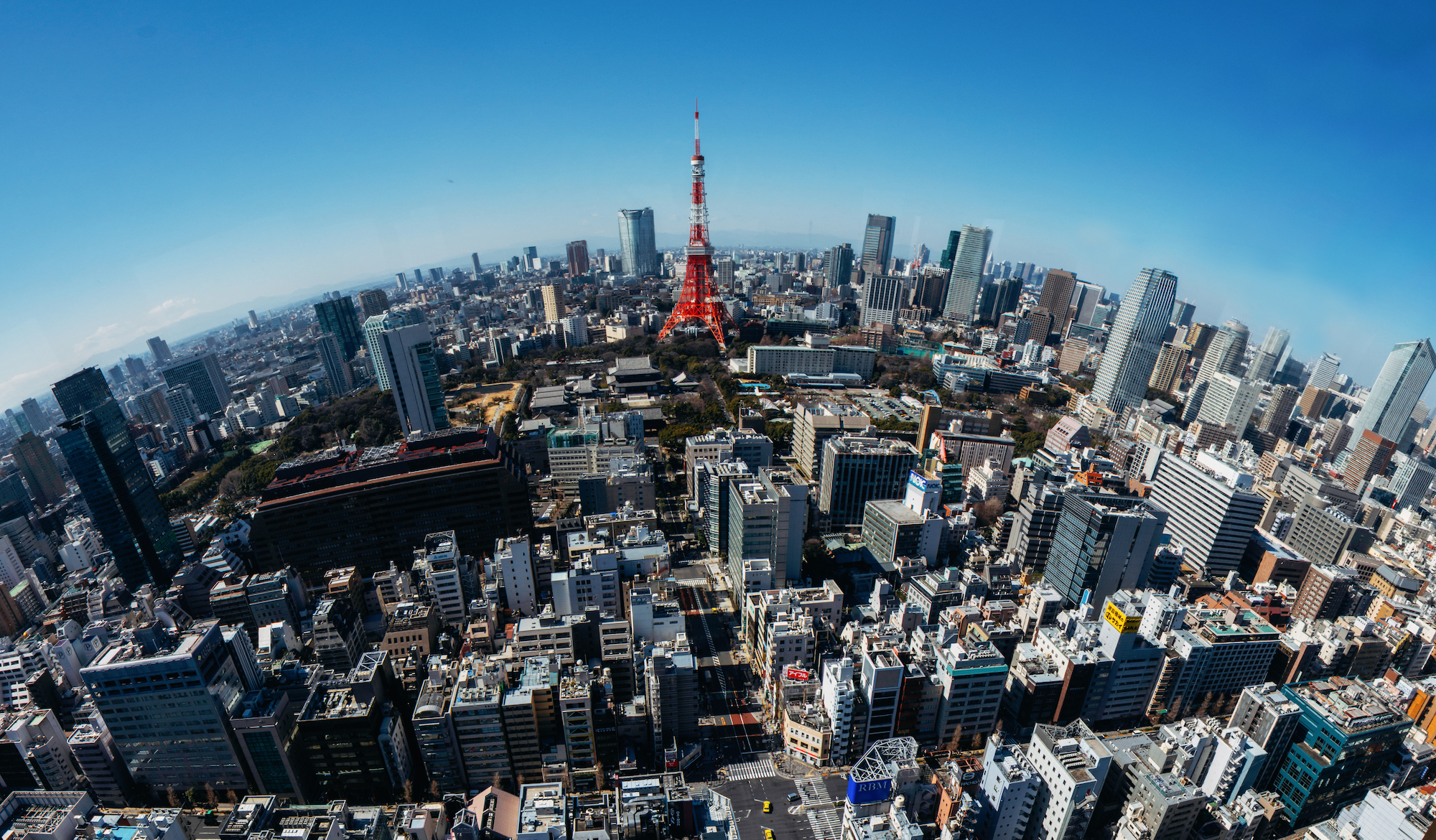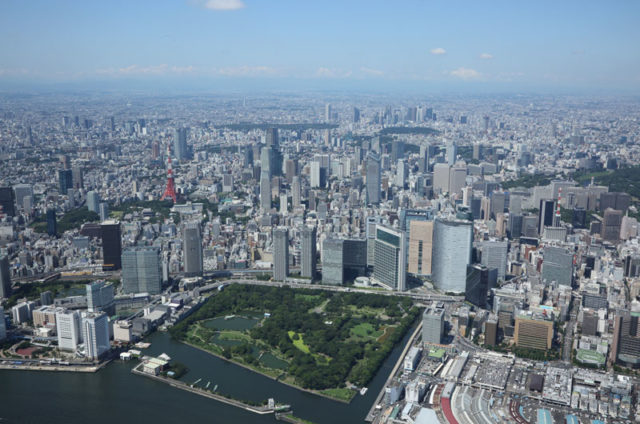
The Japanese Question: Is the Dominance of Tokyo Problematic?
February 18, 2015 — Blog
“In order for the Japanese economy to remain competitive, there is no choice but to concentrate our resources in Tokyo.” I used to be criticized every time I advocated this. However, the voices against this idea have quieted somewhat recently.
In post-war Japan, the idea of “unipolar concentration” (ikkyoku shuchu) in Tokyo was often considered as downright evil, since it provoked the image of Tokyo winning alone while the other regions lost their influence. The term describes the phenomenon in which Tokyo dominates all areas of Japan’s national life, in terms of corporate decision-making, financial capital, media production, education and more.

The image of an all-powerful Tokyo was at the forefront of people’s minds in 1962, when the Japanese government proposed the “Comprehensive National Development Plan.” The plan was designed to achieve a “balanced regional development” throughout the nation by creating new industrial areas in the outlying prefectures and connecting them with the metropolitan areas of Tokyo, Osaka and Nagoya with the newly established nationwide transportation and communication network. By doing so, it sought to equally distribute the benefits of rapid economic growth throughout the nation.
The story looked good on paper, but the reality seemed otherwise. In fact, the concentration of people and capital in the three metropolitan areas further accelerated in the 1960s. After a brief slowdown in this trend in the 1970s, the intensification of the economy in Japan’s metropolitan areas, especially in Tokyo, resumed with a revived ferocity in the 1980s.
This macro-structural change in the Japanese economy contributed to this concentration in Tokyo. As the conventional manufacturing industries relocated their factories overseas, the tertiary sectors, such as finance and services, began playing a central role in the national economy. Since finance and services benefit from economies of scale, businesses in this sector preferred agglomeration of people and capital. As a result, Tokyo continued to grow as a destination of international financial businesses in the 1980s. Even after the collapse of the Bubble Economy in the early 1990s, the Tokyo metropolitan area was quicker to recover in comparison to the other regions in the nation. Tokyo’s population is still increasing, while Japan’s national population has already begun to shrink since the 2000s.
Today, it is commonly observed in advanced economies that large cities are the economic driving forces of the nation. The power of a national economy is heavily dependent on the ability of its major metropolises to attract businesses in the tertiary sector. The world’s leading cities such as London, New York, Paris, Singapore and Seoul are striving to attract people and capital by enhancing their global competitiveness. In this regard, I believe that the concentration in Tokyo can even be described as necessary in Japan, in order for the city to survive amongst this competition and simultaneously support national growth..
Tokyo is a city of enormous potential. Despite having the world’s largest urban population (35 million, the Greater Tokyo Area), Tokyo is free from many of the urban problems that constantly plague most other large cities in the world. The city is outstanding in public safety, environmental friendliness and efficient public infrastructure, all of which are associated with the strong sense of a behavioral norm seen in people living in Tokyo. Although the risks of a large-scale earthquake and an ageing society still threaten the city, I strongly believe that Tokyo has the strength to overcome these problems.
The Tokyo Olympic and Paralympic Games in 2020 will provide an excellent opportunity for Tokyo to spring forward to the next stage of evolution. The total population in Japan is expected to decrease from 120 million to less than 90 million in the mid-21st century. Yet Tokyo’s population will continue to grow and thrive for some years ahead. With this in mind, I envision a future relationship between Tokyo and other Japanese regions, where, while further enhancing its economic strength, Tokyo will continue to lead the Japanese economy while allowing and encouraging other regions to preserve their natural resources and local cultures.
The Mori Memorial Foundation has just joined NewCities as a member, providing intelligent insights into the specific challenges faced by Japanese cities and bolstering our network of thought-leaders within the Asia-Pacific region. Find more details about Institute for Urban Strategies, The Mori Memorial Foundation here.